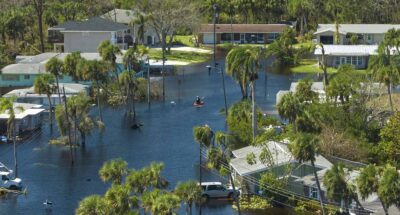
Inspiring Climate Awareness Through Gratitude
Students write about something they are grateful for in nature, reflect on how climate change can affect the thing they are grateful for, and consider what they can do to help preserve nature.

Students write about something they are grateful for in nature, reflect on how climate change can affect the thing they are grateful for, and consider what they can do to help preserve nature.
Students will:
David DeSteno, Ph.D., Northeastern University
In a study of 155 undergraduate students from an East Coast university, participants were asked to write about time in which they felt grateful (gratitude group) or the events of a typical day (neutral group). Next, they played a game that tested whether they would sustain or deplete resources. The gratitude group did not increase their consumption of resources, whereas the neutral group increased the amount of resources they took when the pool of resources was depleting.
Climate change is one of the most pressing global challenges of our time—and young people all over the world are deeply worried about it. A 2021 survey of 10,000 youth (ages 16-25 years) from ten countries showed that 59% were very or extremely worried about climate change. However, even among those who are concerned, there is often a challenge to turn their concern into meaningful actions.
Educators can help address this issue by teaching students about climate change, and also by making the issue more personal for students. Indeed, a review of climate change curricula found that the most effective curricula make the climate change information “personally relevant and meaningful for learners.“ By fostering environmentally-friendly behaviors from a young age, we can help instill in our students lifelong habits, which can contribute towards the sustainability of our world.

Do you want to dive deeper into the science behind our GGIE practices? Enroll in one of our online courses for educators!
Comments